Architecture and Design Innovations

The new era of living looks for a combination of innovative designs and aesthetics, modern technologies, sustainable practices, and a profound understanding of human behavior. Construction Times finds out the evolving trends.
New trends in real estate and urban development are pushing for new innovations and transformation in architecture and interior designs in building and home design and interiors in India. Along with design and aesthetics, sustainability and environment-friendliness are also playing a crucial role right from the concept to creation of a structure.
Influencing trends

India's home design landscape is a dynamic fusion of cultural heritage, technological advancements, and environmental consciousness. Sustainability takes centre stage, evidenced by India's impressive ranking in LEED (Leadership in Energy and Environmental Design) certifications. States like Maharashtra and Karnataka lead the charge, showcasing a commitment to eco- responsible structures. According to Harkunwar Singh, Co- Founder & CEO, Novatr, this evolution reflects societal aspirations, merging cultural influences with cutting-edge technology. “Understanding these trends is crucial in shaping the future of architectural education and practices. At Novatr, we are dedicated to equipping professionals with the insights and tools to navigate this vibrant landscape to meet the evolving demographic and environmental demands,” he says.
In India, the confluence of urbanization and a burgeoning middle economic class significantly shape the trajectory of home design and architecture. Urbanization data forecasts a monumental shift, with over 40% of the population expected to inhabit cities by 2030. In addition to that, the expanding middle economic class, marked by substantial income growth, drives a seismic transformation in design preferences. Their aspirations for contemporary living standards fuel demand for homes infused with smart technologies, sustainability, and innovative design elements.

Talking about the major factors influencing the change in design and interiors of home décor, Aman Aggarwal, Principal Architect, Charged Voids, says, “For us, at Charged Voids, our design processes focus on maximising natural light and reducing dependence on artificial conditioning. The sense of connection to the natural elements for any scale or measure is of key value across all design projects.” He further elaborates, “Opting for a muted and minimal material palette that subtly complements the light from the courtyard or terraces, is one of the simplest approaches that are often recurring themes in our designs . Interior spaces when bared off the unnecessary accessories, bring in a sense of serenity to the inhabitants. This sense is designed to dissipate into all spaces. With tools like limited materials and inclusion of the natural elements, this sense is only further heightened.”
A sustainable approach
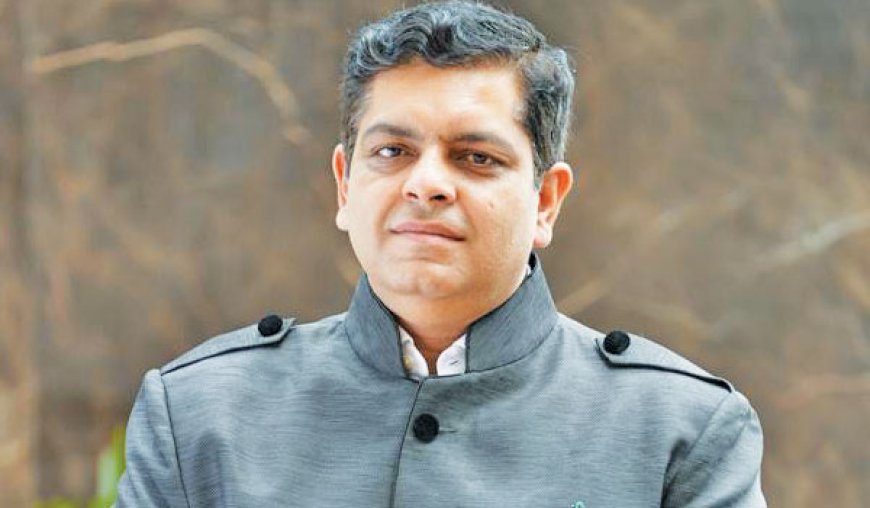
“Without a doubt, sustainability is a key consideration in the design of modern architecture worldwide,” says Tripat Girdhar, Founder of Arete Design Studio and Principal Architect. “Although this was also a priority in the past, COVID has fundamentally altered the desires of humans and the need to reevaluate the future; as a result, most designers and architects are incorporating this into their designs in response to growing demand,” he adds. Sustainability stands as the cornerstone of modern design and architecture, steering practices towards eco-conscious solutions. It fundamentally influences material choices, construction techniques, and energy-efficient designs, minimizing environmental impact. According to Singh, the Architecture, Engineering, and Construction (AEC) industry is witnessing a shift towards a more holistic approach to sustainability, driven by evolving stakeholder landscapes, increasing investor focus on ESG practices, and the critical need for climate change risk mitigation strategies.
According to Aggarwal, sustainability and environmental consciousness is no longer a design issue that can be opted out of. Planning for the spaces to be minimally dependent on artificial ventilation or light sources could be a simplistic and ideal approach to any space-making exercise. “Surely, the solutions could be fashioned to accommodate the unique shortcomings of the projects and in my view, is the only way to ensure that the sum of all spaces contributes towards building a conscious design,” he adds.

Vivek Bhole, Chairman and Managing Director, Vivek Bhole Architects is of the view that the future of architecture hinges on its ability to tread lightly on the planet. He elaborates on the sustainability approach in design and architecture, “Eco-friendly materials like recycled plastics and engineered wood are gaining traction. Locally sourced resources reduce transportation emissions and support local communities. Renewable energy sources like solar and geothermal power are finding their way into homes, while water conservation measures and efficient plumbing systems minimise resource consumption. Buildings are becoming smarter, with adaptive facades and intelligent systems optimising energy use and responding to changing environmental conditions.”

According to Amit Goswamy, Founder and Principal Architect at Design Square Architects, one of the major factors is the influence of sustainable practices which includes the conscientious use of recycled materials and energy-efficient solutions which reduce environmental impact and align with global ecological imperatives. Simultaneously, technological advances have catalysed transformative changes in home interiors. “Smart home integration, automated systems, and innovative materials have revolutionised the way spaces are conceived, enhancing both functionality and efficiency,” he says.
“Passive design strategies, such as natural ventilation, daylight harvesting, and thermal mass incorporation, are now integral components of sustainable architecture, attesting to a commitment to both ecological harmony and occupant well-being,” adds Amit.
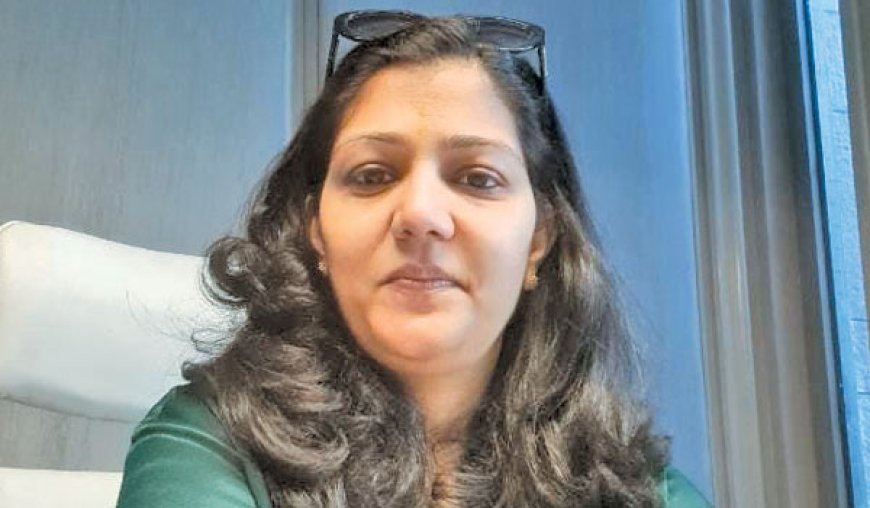
On the design and interiors that are serving the needs of the customers, Ruby Goswamy, Founder and Principal Architect at Design Square Architects, adds, “To navigate the tapestry of contemporary demands, we must adopt holistic approaches that blend functionality with aesthetic innovation. Spaces should transcend mere utilitarian purposes, metamorphosing into dynamic environments that foster well-being. Incorporating sustainable practices is imperative, aligning designs with eco-conscious aspirations.” Furthermore, the creation of multi-functional environments caters to the diverse needs of occupants, transforming spaces into fluid canvases for work, leisure, and social interaction. Another way is to collaborate efficiently with clients and stakeholders to cater their evolving needs.
Interiors that suit the most

In today’s scenario, space is perhaps the most valuable in buildings and structures and getting more space in interior designing is gaining importance along with looks and aesthetics. Blum's fittings play a crucial role in achieving space-saving and visually appealing interiors by prioritizing functionality and smart storage solutions. Nadeem Patni, Managing Director, Blum India, elaborates, “Engineered for smooth operation with features like soft-close mechanisms, they contribute to a serene living environment with a wide range of finishes catering to diverse design styles. The innovative REVEGO pocket system seamlessly addresses space-saving needs, allowing users to effortlessly open cabinet doors and slide them into the pocket with TIP-ON motion technology, enhancing overall usability and design versatility.”

The tastes and preferences of home furnishings and interiors are changing fast in the current scenario. Toichi Ishiyama, General Manager of Overseas Business Strategy Office, Takara Standard, says, “We believe the trends will surely become more and more diversified in line with the preferences and lifestyles of consumers. Personalities differ with each individual and region as well, but designs that make use of unique materials and colour combinations as well as art are attracting attention. We believe that continuing to provide products that meet those diversifying requirements is an essential part of our role as a manufacturer of furnishings for housing.”
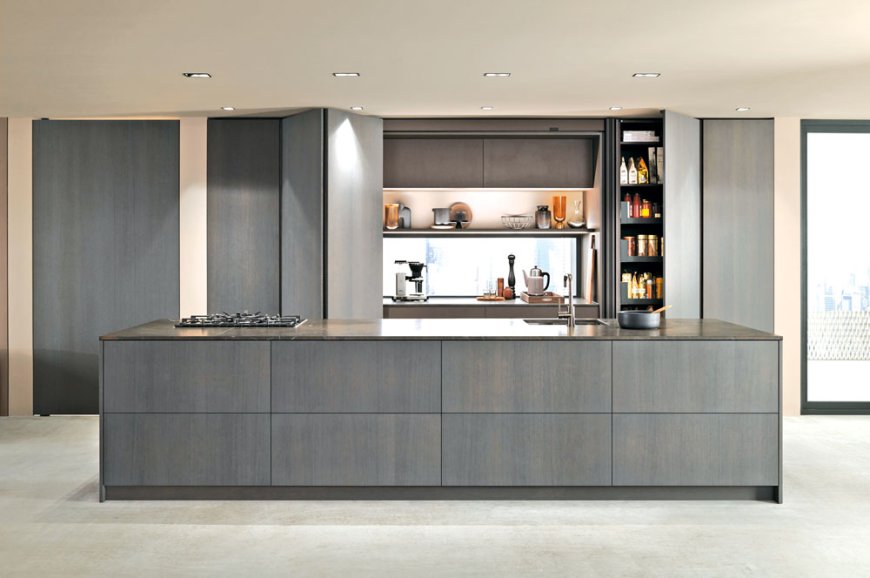
As family structure and lifestyles change, so do kitchen layouts. Compared with the last few years, kitchen designs and variations are increasing rapidly, in line with those diversifying consumer preferences. Takara Standard’ kitchen solutions offer superior storage space, according to the company. “We achieve maximum storage space for our consumers by providing up to a maximum of five drawers. What’s more, the kitchen panels are made from our HORO enamel, so users can attach magnets to them. By using hooks on the panels for common things such as spices and kitchen roll, you get a wider workspace, as there is no need to put things on the worktops,” Ishiyama says.
Futuristic designs
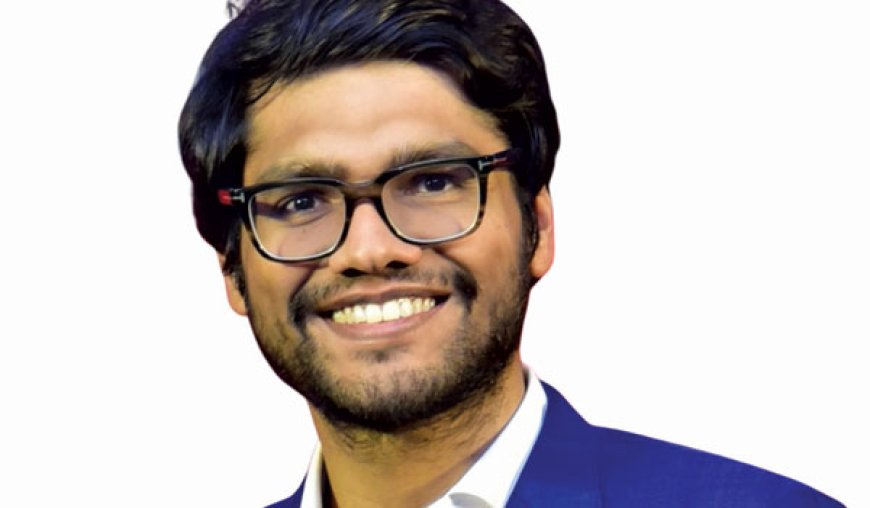
Varun Poddar, Founder, VOX India, says, “VOX is committed to sustainability and ethical business practices. We integrate eco-friendly concepts into our products and services, ensuring that we not only meet the needs of today's environmentally conscious customers but also contribute positively to the global community.” VOX is offering a range of innovative products that redefine the aesthetics of living spaces. From ceiling solutions to wall panels and SPC flooring, VOX products are at the forefront of transforming homes into stylish and functional sanctuaries.
VOX's ceiling solutions are designed to make a statement, providing both functionality and aesthetic appeal. Whether it's the modern and sleek look of their suspended ceilings or the classic charm of traditional designs, VOX offers a diverse range to suit various architectural styles.
The walls of a home serve as a canvas for self-expression, and VOX kerradeco wall panels take this concept to new heights. These panels come in a variety of textures, patterns, and colors, allowing homeowners to create unique and personalized spaces. The ease of installation adds to the appeal, making it possible for anyone to achieve a professional-looking finish without the need for extensive renovations.
Flooring is a foundational element of home interiors, and Primerra SPC (stone polymer composite) flooring by VOX strikes the perfect balance between style and durability. With a wide array of finishes that mimic the look of natural materials like natural wood patterns, VOX SPC flooring is not only visually appealing but also resistant to wear and tear.
In terms of visual appeal, Blum takes pride in offering a wide range of finishes, materials, and designs that cater to various interior styles. Patni elaborates, “Our fittings effortlessly integrate with a variety of design styles, ranging from sleek and modern to timeless and classic. With options like onyx black hinges and the Terra Black Matt finish in Legrabox drawer systems, our range enhances the aesthetic charm of modern kitchens, prioritizing both practicality and versatility. The attention to detail in the design and finishing of our products adds a touch of sophistication, elevating the overall aesthetics of interior spaces.
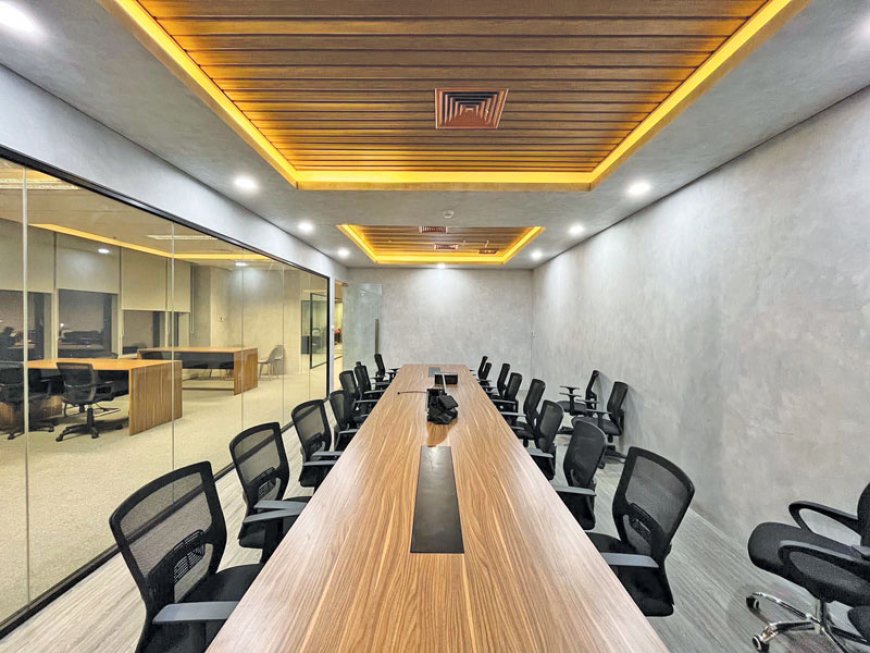
From an architectural perspective, Bhole adds, “Looking ahead, architecture will have to grapple with the challenges of a changing world. Vertical urbanism will see efficient high-rise structures maximising limited space. Self-sufficient communities with integrated food production, energy generation, and waste management will offer sustainable living solutions. Leveraging advanced computational design techniques, such as parametric and generative design, allows for the creation of highly intricate and efficient structures. This can lead to designs that respond dynamically to environmental conditions. Buildings will adapt to climate change and environmental fluctuations, utilising advanced materials and intelligent systems. Hyper-connectivity and automation will revolutionise the way we interact with our homes, with AI and robotics seamlessly managing our daily lives.”
“A futuristic design is one that seamlessly integrates cutting-edge technologies, sustainable practices, and a profound understanding of human behavior,” Amit concludes.







